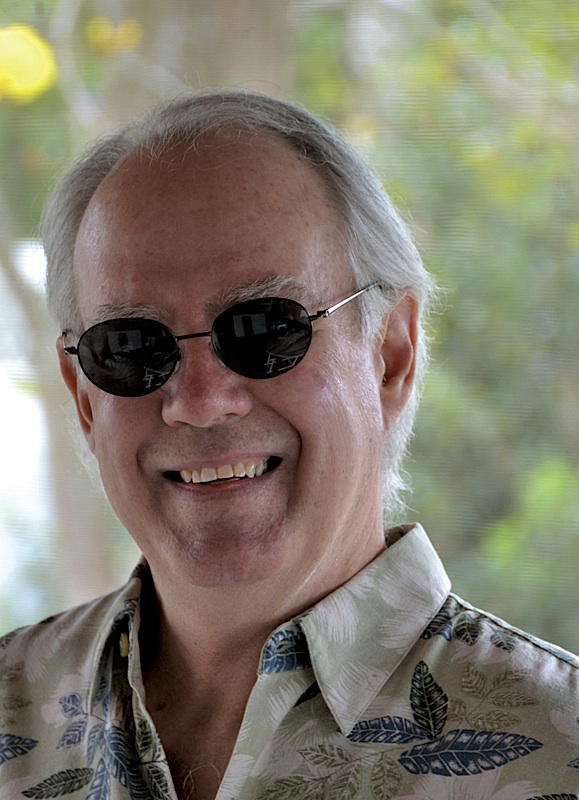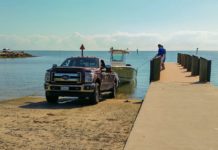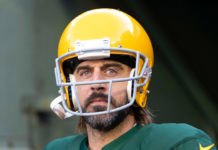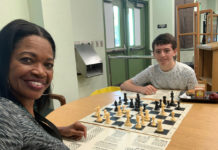Author Tom Corcoran came to Key West in the ’70s and as the bartender at the Pier House’s Chart Room, found himself in the thick of the island’s politicos as they met and drank in the iconic bar. After that, Corcoran became a magazine editor, a photographer and the author of the successful Alex Rutledge novels set in Key West. Let’s hear about his eclectic life in his own words.
Q: When you returned to Key West, after the Navy, you were a bartender at The Chart Room. A lot of history from those days and in that bar. Have you ever been tempted to put some of that into your Alex Rutledge novels?
A: I work the “spirit” of those days into my novels, my day-to-day reactions to island life. Many events are touched upon, but most have become either legends or dated material. In my first three books I treated the city and county cops a bit harshly due to my opinion of their failures of the 1970s. In the more recent books I’ve given them the respect they deserve for doing a tough job in a professional way.
Q: Why did you give up a lucrative bartending and magazine publishing career to be a writer?
A: I quit bartending because it promised only a future of more bartending. I wanted more. As for magazine editing, which I did for seven years before starting my first novel, the job became repetitive. I ran out of learning opportunities. Plus I felt that my dream of writing fiction was getting to the now-or-never stage.
Q: Who is Alex? Anyone you know, a mixture of people or pure imagination?
A: Alex Rutledge is total invention; younger, more courageous, luckier than the author. I didn’t really know how to be a detective or private eye, but I knew how to be a photographer. So I went with that occupation for its familiarity. He voices many of the author’s opinions, but so do all of my supporting characters.
Q: How do you come up with the situations you put Alex in?
A: By roughing up my imagination and plying it with beverages. I try to be as original as possible, try not to repeat events I’ve seen in other books. I also try to make the situations as “Key West” or “Florida Keys” as possible so that readers in other parts of the world can get a feel for this location.
Q: Do you have an idea of how your book is going to go and how it will end?
A: I will have a few scene ideas before I jump into a manuscript, but I don’t outline a plot. Once I’m rolling, I try to think a few chapters ahead of myself. I never know how the tale will end. If I can surprise myself, I can hold hope that the book’s readers also might be surprised enough to keep turning pages.
Q: Do you run into people in Key West that see themselves as a character in your books?
A: A few imagine that they are characters, or at least a component of a character. Some of them are correct.
Q: What do you think the reason is for the success of your Alex Rutledge series?
A: I have been told that my portrayal of island life is darned accurate, so Keys residents enjoy seeing themselves through my characters. A lot of people from “up north” say that my descriptions warm them in winter and make them long for return visits to the Keys. Aside from that, I think my avoidance of clichés and my examples of island humor make folks want to keep reading the novels.
Q: Have you ever considered a stand-alone mystery?
A: I have one in my mind that has nothing to do with Rutledge or Florida. It’s set in the 1960s and starts in California. It’s been waiting patiently on the back burner for ten years. I don’t know if I’ll ever find time to write it.
Q: Is there a follow up for “A Quick Adios (Times Six)?” If there is, can you tell us anything about it?
A: There will be an eighth Alex novel, for sure. No title as yet, and only enough ideas to fill the first two chapters. But I’m working harder right now on a Rutledge “spin-off” starring Wiley and Dubbie, the “bumsnoop” private eyes from “The Quick Adios.” I’m shooting for novella length, perhaps 50,000 words (versus 90,000 for one of my regular novels). Again, no title yet.
Q: Along with fiction, you’ve published a book of Key West photographs. How did that come about?
A: A friend asked me for a print of a photo I took in the 1970s. I had to search through a few thousand slides and negatives to find the one he wanted. I realized I had pictures from about 1975 through 1998 that a lot of people either would enjoy for nostalgia’s sake or to see what the place looked like before they arrived. I also thought that the book might help promote my novels. That part worked out fine.
Q: Your publishing company has a few non-fiction books out. Tell us a little about how you got into that.
A: It started in 1998 when John Boisonault owned Key West Island Books and the rights to Dorothy Raymer’s “Key West Collection.” I helped him redesign and reprint the book. That led to our publishing “Remembering Ernest Hemingway” and “The Young Wrecker on the Florida Reef,” a classic novel from 150 years ago. One-by-one, in partnership with either John or the late Charlie Wood, I acquired “Key Lime Cookbook,” “Papa Hemingway in Key West,” “Yesterday’s Key West,” “The Railroad That Died at Sea,” “Undying Love” and “Yesterday’s Florida Keys.” I bought Charlie’s half of the enterprise the year before he passed away. Aside from “The Young Wrecker,” it’s all non-fiction—and I’m not looking to acquire additional titles. I’ve got all the heavy lifting I can handle. By the way, “Key West Collection” is now available on the Kindle and the Nook—as are my novels “Hawk Channel Chase” and “The Quick Adios.”
Q: What do you do in your spare time?
A: The last time I saw “spare time,” Ronald Reagan was president.
Q: Any advice for someone that’s moved to Key West and wants to write?
A: In many ways writing is like learning to play the guitar. You’re going to copy licks and mimic experts until you get your own style. Work at it constantly. If your setting is local, take a lot of pictures. You’ll start to see things with a “photographer’s eye” that you never would notice just walking or biking around the island. It will give depth to your scenes and descriptions. Also, believe me, don’t quit your day job.






















